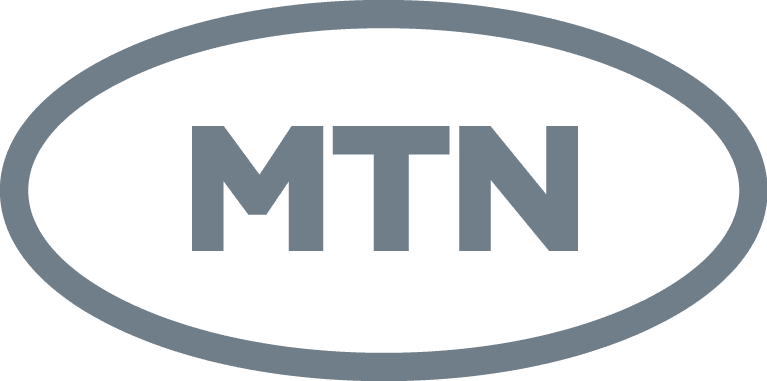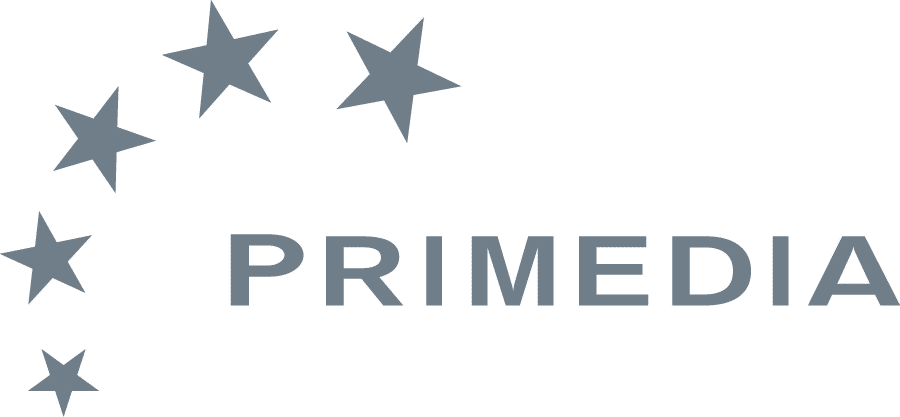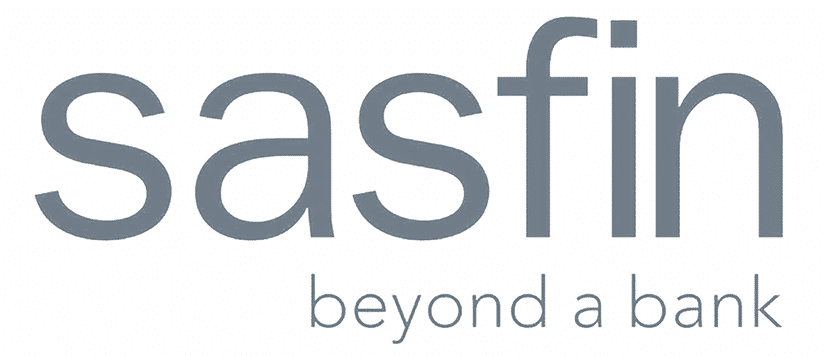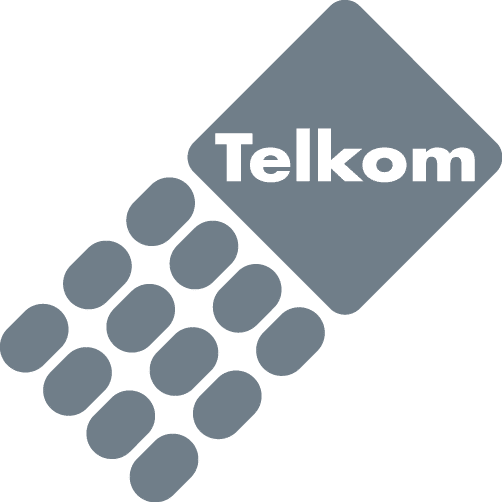Every brand, regardless of scale, wants to be discovered by its audience and not just seen but also believed in and remembered. Now, SEO centres more on its traditional ranking and the impact of rankings on organic traffic, while digital PR focuses on establishing the brand’s authority and reputation. When combined, these two powerful fields allow for a synergistic increase in outcome.
“If you rewind a few years, SEO and PR were operating in very separate silos. SEO teams concentrating on keywords, technical site performance and backlinks, PR teams responsible for brand image, storytelling and media relationships. But integration is where the digital ecosystem needs to be now. Search engines will favour companies that are not only well-optimised, but also reputable and well-referenced online – this is where digital PR comes in.
Building Authority and Backlinks Through Digital PR
One of the most potent areas where SEO and digital Public Relations overlap is in link building – getting reputable sites to link to yours. Backlinks are crucial for ranking at the top of Google because they indicate to search engines that your site is a trustworthy and authoritative source. Digital Communications is perfectly positioned to achieve these naturally earned, high-quality links by telling compelling stories and conducting targeted media outreach (as opposed to artificial link schemes).
When PR pros get coverage in top-tier online publications, they typically receive backlinks to the brand’s site. These are hard-to-obtain backlinks because they come from authoritative sites. For instance, a high-quality feature in Forbes, The Guardian, or a niche journal not only earns you more visibility but also makes your site look better to Google.
Instead of the former method, which involves building a mass of links that could be perceived as spamming in some ways, Digital PR is about earning these links – rather than purchasing or bartering for them. If there is a better way to describe an ethical content-driven SEO, I’m not sure how to do it. Press releases, thought leader quotes, and data-driven campaigns are all effective ways to help secure organic backlinks and establish confidence in your brand.
Also, high-calibre Digital Communications campaigns often produce evergreen content that earns links for well beyond the time of its publication. Unique newlines or nuggets of statistics in articles, reports, and infographics get linked to by other sites over time, which increases reach and SEO value.
Marrying PR outreach with SEO strategy can thus yield two-fold benefits for a brand – improved search rankings and a more authoritative public image. Digital Communications is essential for SEO to excel with the proper authority, just as SEO provides PR with data and a framework to work effectively online.
Enhancing Content Strategy with PR-Driven Storytelling
At the centre of SEO and digital PR is content, which brings your audience in and engages them. SEO ensures the content is search-optimised, while digital Public Relations ensures it’s worthwhile, newsworthy, and shareable. When you put them together, you get a content strategy that ranks well and matters deeply.
Keyword research is the meat and potatoes of what SEO professionals do – it’s the eyeballs, or ears, if we’re being accurate about search tool usage. PR agents, in contrast, know what matters to the public. When insights between these two audiences converge, brands can develop content that fulfils search intent and resonates with the heartstrings. For instance, a blog on “sustainable business practices” could be put in the spotlight through targeted PR campaigns that included thought leadership, brand stories or case studies about how an organisation genuinely practices sustainability.
Digital Communications also offers a storytelling element that pure SEO often lacks. Whereas traditional SEO focuses on keywords and metadata, PR adds the human touch to a story – emotion, truthfulness, and narrative. This helps promote engagement and sharing, which contributes to SEO by providing improved traffic, increased user dwell time, and backlinks.
Public relations campaigns often drive earned media, which expands the brand’s reach beyond its owned channels. With journalists and influencers sharing the brand’s story with a broader audience through media, going viral becomes an organic process. SEO teams can enhance this coverage by linking it back to relevant landing pages or resources related to the story, thereby increasing potential visibility and conversion.
Strengthening Brand Credibility and Trust Online
Visibility without credibility is meaningless. Most consumers are now quite sceptical, informed and choosy about which brands they give credence to. Here’s where Digital Communications comes into its own alongside SEO. Whereas SEO helps a brand be discovered, Public Relations helps a brand be believed. Together, they form a comprehensive strategy to establish search presence and enhance brand credibility.
Engines like Google are working to distinguish between authoritative and reliable websites. E-E-A-T — Experience, Expertise, Authoritativeness, and Trustworthiness. One of the core components of Google’s ranking algorithm is E-A-T. Digital Communications directly influences these factors by earning backlinks from credible publications and company reviews. Every authoritative reference and credible citation raises a brand’s E-E-A-T score, which works in their favour when it comes to search rankings.
At the same time, PR-led storytelling injects honesty and credibility into communication. With the help of interviews, case studies and thought leadership articles, brands can bring to life what they stand for and what they know. These human aspects foster trust not only with audiences but also with journalists and influencers who share those messages.
Positive PR also generates a digital trail that can enhance your SEO efforts. When a consumer looks up a brand name, they’re more likely to find quality content and references from trusted media sources rather than unconfirmed ones. This does wonders for CTR and general awareness!
Measuring the Impact of SEO and Digital PR Integration
One of the key benefits of integrating SEO and digital Public Relations is the ability to develop a smart strategy for measuring results. Traditional PR was previously difficult to measure; digital tools make it easier, enabling brands to understand how their PR activities impact SEO and online performance. Success measurement allows us to distil value and sharpen future strategies.
Typical measures of integration are:
Backlink Quality and Volume: The number of high-authority sites from which you’ve received backlinks.
Referral Traffic: The amount of web traffic received from media coverage or influencer shares can be tracked in Google Analytics.
Keyword Rankings: Tracking how PR- driven content is impacting rankings on target keywords.
Brand Mentions and Sentiment: Examining media and online conversations to measure reputation and public attitude.
Domain Authority Growth: Benchmark the growth of your site’s authority over time from PR based backlinks.
PR professionals can also utilise links through tools such as Ahrefs, Moz or SEMrush to measure the impact of link-building efforts and keep an eye on mentions and sentiment across the web with social listening platforms like Meltwater or Brandwatch.
And it’s not just the direct SEO benefits that can be transferred; there are also secondary benefits to organic search from integrated campaigns, such as increased dwell time, decreased bounce rates, and more user engagement.
By examining these metrics together, brands can understand how PR exposure influences organic search traffic and the impact of SEO optimisation on PR visibility. This feedback loop, in turn, feeds into a virtuous cycle of continual ascent, where PR powers SEO and SEO enables greater PR success.
Conclusion
SEO and digital PR can no longer be thought of as two separate disciplines; they’re opposite sides of the same coin of your overall digital marketing strategy. And when appropriately combined, they become a robust ecosystem that fuels visibility, credibility and growth. SEO makes a brand discoverable through technical optimisation and keyword relevance, while digital Public Relations ensures it’s respected by using authentic storytelling and reputable media relationships.
PR enhances the foundation of authority upon which SEO relies by creating high-quality content. Through quality storytelling, PR gives meaning and context to SEO-optimised content. Combined, they enhance Google’s understanding of a brand’s trustworthiness and authority, while also ensuring that brands achieve genuine audience engagement.
GET IN TOUCH WITH THE DIGITAL SCHOOL OF MARKETING
Do you want to become a digital public relations expert with the Digital School of Marketing? If you do, you must do our Digital Public Relations Course. Follow this link to find out more.
Frequently Asked Questions
SEO and digital PR are a match made in heaven, the blend of data-driven optimisation with creative storytelling. SEO increases visibility through keyword rankings, backlinks, and technical performance; digital communications build credibility and trust through media coverage and influencer relations. When they work together, they ultimately support each other’s strengths. PR gets high-quality backlinks and brand mentions.
Recognising the association between SEO and digital PR is essential, as search engines reward brands with a strong profile and quality backlinks, among other considerations. You have accumulated numerous good mentions, and the quality of your link profile has improved. Digital Communications creates organic, highly high-quality backlinks that contribute to your search engine rankings. On the other hand, SEO insights offer PR teams a wealth of information on audience intent and engagement.
Digital Communications also supports link building through high-quality online publications and media. With authority comes credibility, and for SEO, these are priceless links signalling to the search engines who can be trusted. Instead of buying or exchanging links, digital PR earns them in the form of good stories, press releases and specialist commentary. Every signal you get contributes to your domain authority and search engine ranking.
Content marketing is most effective when combined with SEO and Digital Communications. SEO ensures content is optimised to be discovered via a search engine and well-received on the relevant platform; Digital PR makes sure that it’s influential, educational and engaging.” It injects emotion and story into SEO-led content, which makes it more relatable to the reader. A network of influencers, media mentions, and earned coverage will help amplify reach.
Accomplishments can also be measured with a combination of quantitative and qualitative benchmarks. Backlink quality, domain authority and the amount of referral traffic are a few of the main KPIs that commonly come into play. Results can be monitored using tools like Google Analytics and Brandwatch. Such campaigns have a significant impact on a brand, as evident from its sentiment analysis and media mentions.
.
A brand is credible when it closely communicates with the experts. Digital Communications and trust in the journalistic arena ensure coverage on respected publications, resulting in positive word-of-mouth around the brand. The problem has been magnified by SEO, where high-quality content is artificially manipulated to the top of search engine results pages. They enhance a brand’s E-E-A-T, an essential part of Google’s ranking equation.
Blog Categories
You might also like
- Use the Zero Moment of Truth to Benefit your Social Media Marketing
- Your Complete Guide to PPC Marketing Basics. Find out more.
- You Can Convey a Lot Of Meaning With Just One Graphic
- Would you make a great marketing manager?
- Win with Bona Magazine and the Digital School of Marketing
- Win a Digital Marketing Course Valued at R12 000





















